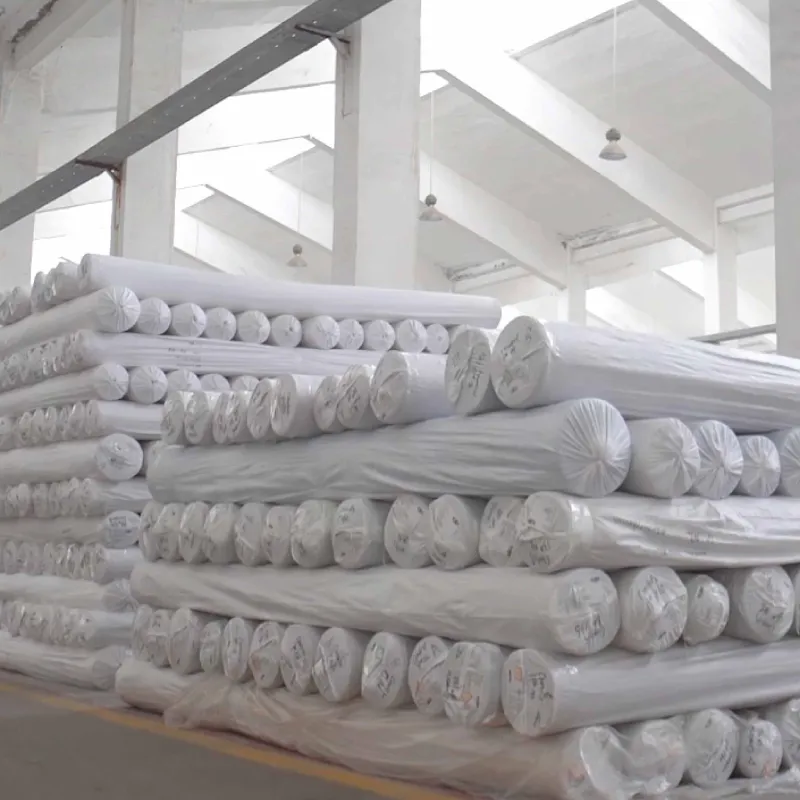In 1689, English diplomat, Paul Rycaut visited Hamburg in Germany where he first experienced sleeping under a duvet. He sent his friends back in England some bags of eiderdown with instructions on how to make their own duvets and he also tried to sell the duvets himself. Unfortunately for him, the British people were not keen to embrace this new concept. It was prohibitively expensive, so instead, they opted to carry on using the more affordable sheets and blankets.
...
2025-08-14 06:39
1532
 Its natural properties also contribute to a cooler sleeping environment, which can be especially beneficial for hot sleepers Its natural properties also contribute to a cooler sleeping environment, which can be especially beneficial for hot sleepers
Its natural properties also contribute to a cooler sleeping environment, which can be especially beneficial for hot sleepers Its natural properties also contribute to a cooler sleeping environment, which can be especially beneficial for hot sleepers